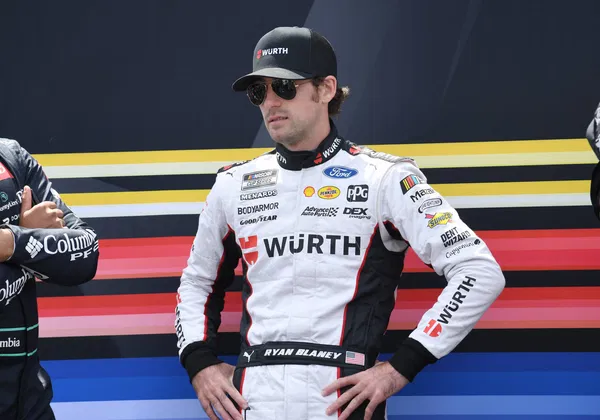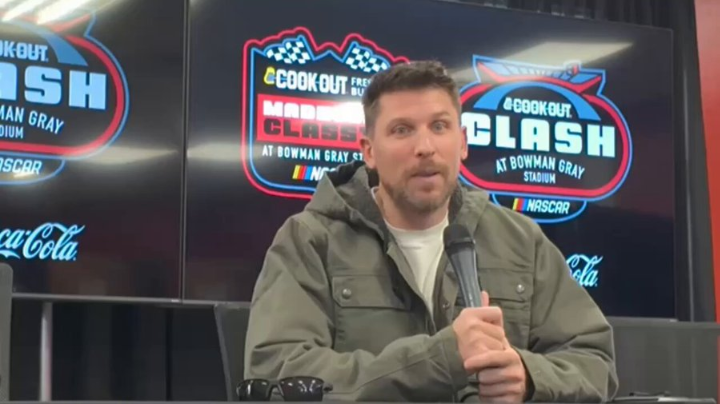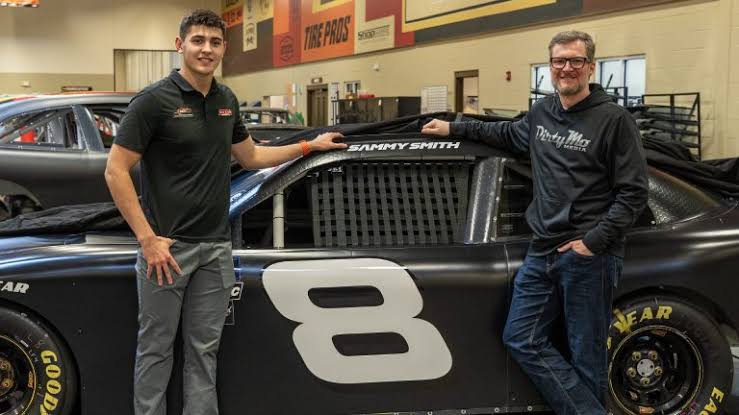The chaos on the opening lap of the race resulted in a dramatic pileup that took out several key drivers. Corey LaJoie made contact with Kyle Busch, sending Busch into a spin and causing a massive collision. This incident ensnared Denny Hamlin, Ryan Blaney, Christopher Bell, and Brad Keselowski, with Blaney suffering the worst fate. His car was immediately taken to the garage, effectively ending his race. Under NASCAR’s Damaged Vehicle Policy (DVP), teams are permitted to make repairs in the pit lane within a set timeframe. Since Blaney’s car was moved to the garage, he was disqualified from continuing in the race.
This outcome was particularly frustrating for Ryan Blaney, the defending champion, who had been in a strong position with a +33 points advantage over the playoff cutline. His early exit was a bitter blow, especially as it was not due to any error on his part. Blaney expressed his anger at the decision, demanding a chance to repair his vehicle. He stated, “Give us a chance to fix it. They have no idea of the damage,” but his protests were in vain. NASCAR’s ruling meant Blaney was relegated to 38th place, a result that significantly impacted his playoff hopes.
Bob Pockrass provided an update via X, sharing two screenshots that explained NASCAR’s policy. He noted that NASCAR allows for towing and continued racing in cases of mechanical issues but not damage. This clarification led to a flood of comments from fans, many of whom rallied behind Blaney, feeling that the DVP was overly harsh. One fan summed up the sentiment: “Well, NASCAR screwed Blaney big.”
The rigidity of the DVP faced widespread criticism from fans who argued that the rules need updating to better reflect the realities of modern racing. “The rulebook needs a rewrite,” one fan asserted, calling for a more flexible approach that allows teams to address repairs if safety is not at risk. This perspective aligns with a broader call for less intervention from NASCAR, similar to the way referees in other sports aim to let the game proceed naturally.
The DVP itself came under intense scrutiny. Many fans described the policy as “an absolute joke,” reflecting frustration over its perceived inflexibility and harshness. Introduced in 2017, the DVP outlines that teams have six minutes on the pit road to complete repairs. If more time is needed or if repairs are required in the garage, the car is disqualified. Non-accident mechanical repairs are exempt from this time limit as long as they do not pose immediate safety risks.
Fans also questioned the consistency of NASCAR’s application of the policy. Some pointed out discrepancies in how different drivers were treated. For instance, AJ Allmendinger also had to retire from the race due to a mechanical failure on lap 6, ending his race with a DNF and a 36th-place finish. This inconsistency added to the frustration of fans who felt that NASCAR’s decisions were unevenly enforced.
Despite the early exit from this race, Ryan Blaney remains in a relatively strong position in the standings. He is currently ranked 8th, ahead of competitors like Kyle Larson, William Byron, Chase Briscoe, and Ty Gibbs. This ongoing strong performance suggests that Blaney still has a viable chance of securing the championship, although the disruption caused by the recent incident will undoubtedly make the road ahead more challenging.
Given the current standings and Blaney’s track record, the potential for him to clinch another championship remains intact. However, the impact of this race’s chaos and the DVP’s constraints will likely play a significant role in determining his final outcome.
“Blaney’s Watkins Glen Shocker Sparks Furious Backlash Over NASCAR’s Rulebook”




